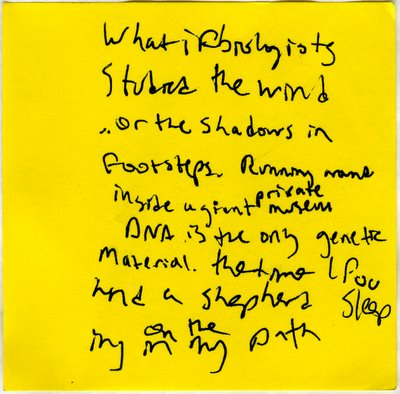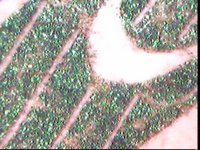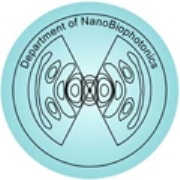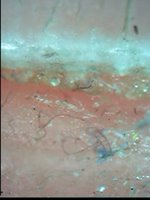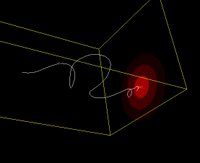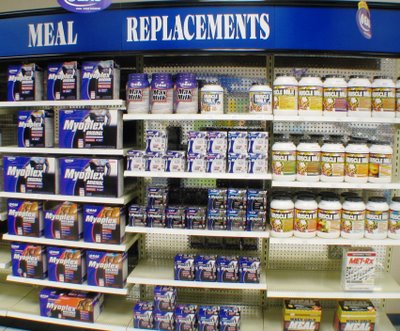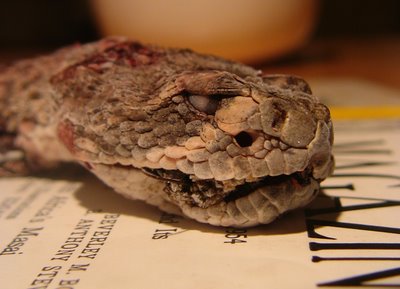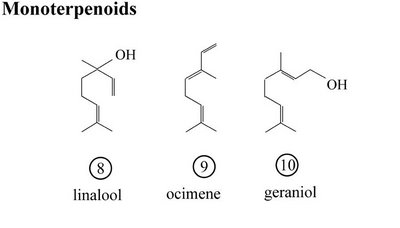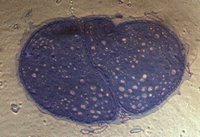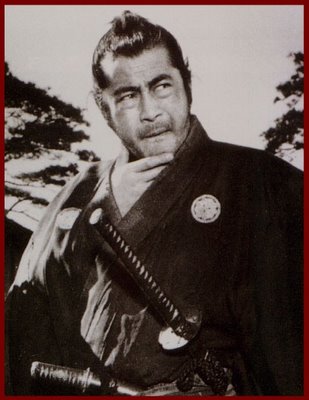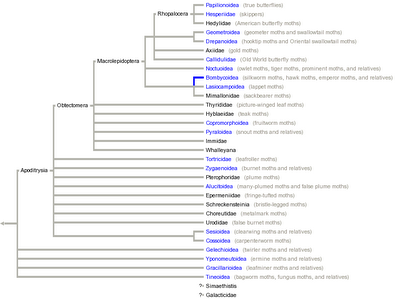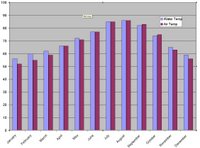 What is rationality? As good a definition as any I've heard is: someone who doesn't give away money.
What is rationality? As good a definition as any I've heard is: someone who doesn't give away money. A preference set [A>B, B>C, and C>A] is not logical because you would pay money to trade C for A, B for C, and then A for B until you've spent all your money to end up no better than you began. Unfortunately, one of the first results of game theory is that exactly such a preference set can be expressed by groups of (at least three) voters, each of whom has an individually rational preference set. For example, in a recent election, voters preferred Gore to Bush, Bush to McCain, and McCain to Gore.
If the human mind is composed of parts that interact or "vote" to make decisions, with no Kantian Captain making a final logical check, individual actions would be just as irrational. And thanks to Nicole, I am now convinced that rationality is overrated -- it doesn't explain human actions. The reasons we give for our actions ARE important (we can't look just at actions for meaning) even if they're not logical. If our reasons are nonsensical, that itself is no reason (or at most, a reason on par with any other possibly countervailing "reason") to discount our words.
Furthermore, logic can be used to force certain responses, for example, giving 100 dollars away: True or false: you will either give me 100 dollars or you will answer false? If you say false, you are an irrational liar, no better than the man who trades A for B, then B for C, and (because he prefers C to A), C for A. But if you say true, you didn't say false, so you have to give me 100 dollars. To which Sanjay issued his infamous "f*ck you!!!!!!!!!!!!!".
How could it be rational to give away money?


